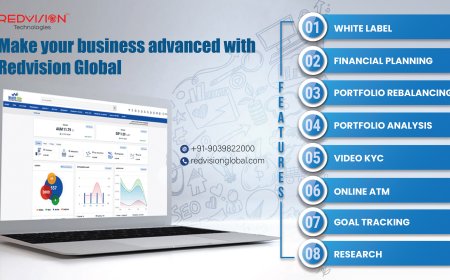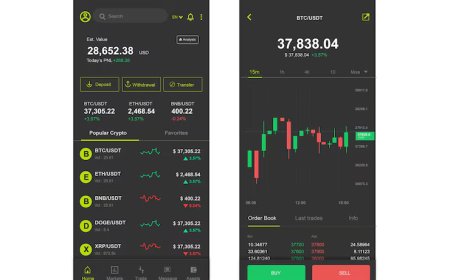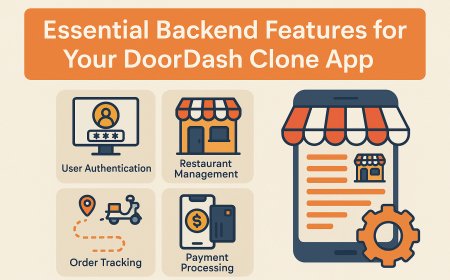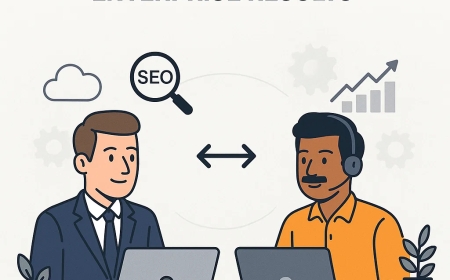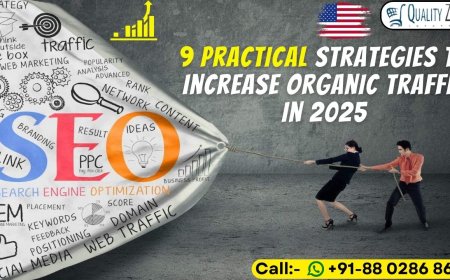How to Realign Your GTM Strategy with Evolving B2B Buyer Behavior
B2B buyer behavior is evolving fast. Learn how to align your Go-To-Market Strategy with modern expectations using behavioral personas, omnichannel engagement, and trust-building tactics.

B2B buyers are different today compared to a few years back. With shifting expectations, emerging digital behaviors, and increased information access, today's buyers expect a more considered and even personalized strategy. Your Go-To-Market Strategy, therefore, needs to evolve with these changes lest it become outdated.
In this blog post, we will see how you can modify yourGTM strategy to adapt to new B2B buyer behavior. From digital trust building to data-driven personalization, every section will empower you with actionable strategies to stay competitive and customer-focused.
What Has Changed in B2B Buyer Behavior?
Previously, B2B buyers also depended considerably on sales reps for information. Now, they want self-service, research on their own, and involve vendors only when they are almost ready to make a decision.
The most significant shifts are:
-
Buyers do 6070% of their process before they speak with sales.
-
Decision-making is more collaborative, with multiple stakeholders.
-
B2B buyers want personalized experiences, similar to B2C consumers.
Trust is established by content, reviews, and word-of-mouth recommendations rather than sales outreach.
Buyers interact on multiple channelsweb, email, social media, webinarscalling for a multi-touch approach.
To remain relevant, your Go-To-Market Strategy needs to incorporate these new realities.
How Can You Map the Modern Buyer Journey?
The buyer journey is no longer linear. Rather, it's a looping journey of repeated research, comparison, and validation.
To map it out effectively:
-
Identify all touchpoints where buyers interact with your brand.
-
Segment the journey into awareness, consideration, decision, and post-purchase phases.
-
Use behavior-tracking analytics tools (such as Google Analytics, HubSpot, or Mixpanel) to monitor behaviors through these phases.
Knowing this journey allows you to customize your message and outreach to align with buyer intent at every stage.
How Do You Develop Buyer Personas That Mirror New Behavior?
Traditional personas tend to revolve around job function, industry, and firm size. As useful as these are, they miss how buyers consume today.
To develop behavior-oriented personas:
-
Conduct interviews with current customers and prospects.
-
Inquire about how they go about conducting solution research, what media they believe in, and what influences their purchasing decisions.
-
Segment personas according to digital choicesdo they consume blogs, videos, webinars?
A solid Go-To-Market Strategy starts with knowing not only who your buyers are, but also how they buy.
What Channels Should You Prioritize to Reach B2B Buyers?
Since B2B buyers are ubiquitous, your GTM strategy must be omnichannel, but focused. Rather than attempting to be everywhere, be where your buyers are most engaged.
Primary channels of influence are:
-
LinkedIn: For thought leadership and lead generation
-
Email: Still the most effective tool when personalized
-
Webinars and Virtual Events: For education and engagement
-
Search Engines: For inbound discovery through content and SEO
-
Review Platforms: G2, TrustRadius, Capterra
Make sure your presence is optimized and consistent across these platforms, and monitor where the best-quality leads are coming from.
How Do You Deliver Personalized Experiences at Scale?
Today's B2B consumers expect messaging and content to be delivered tailored to their requirements. Happily, personalization does not need to be done by hand.
Tools to assist:
-
CRM + Marketing Automation (HubSpot, Marketo, Salesforce) for dynamic email content
-
Website Personalization Tools (Mutiny, Optimizely) to display alternate content by segment
-
Intent Data Providers (6sense, Bombora) to personalize outreach driven by buying signals
Adding personalization to your Go-To-Market Strategy increases engagement, enhances conversion rates, and creates long-term loyalty.
How Do You Align Sales and Marketing on Buyer Behavior?
Misalignment and inconsistent messaging are more critical than ever. It results in bad customer experiences and misaligned sales and marketing efforts.
Steps to enhance alignment:
-
Share a single view of the buyer journey through shared dashboards
-
Establish shared KPIs such as lead quality, conversion rate, and pipeline velocity
-
Utilize routine sync meetings to discuss what's going right and what needs tweaking
-
Make both teams partners in content strategy, messaging, and persona creation
When alignment occurs between teams, your Go-To-Market Strategy is a harmonized engine propelling buyer engagement and business growth.
How Do You Build Trust in a Distrusting Market?
Buyers are skeptical. They eschew pushy sales presentations and seek genuine value.
To establish trust:
-
Apply social proof (reviews, case studies, testimonials)
-
Provide value-based content without pushy sales (whitepapers, videos, blogs)
-
Be transparent regarding results, pricing, and constraints
-
Make the customer an advocate
Trust is one of the most important currencies of the GTM strategy of today. A trusted Go-To-Market Strategy prioritizes the needs of the buyer and builds long-term relationships.
How Do You Adjust to Increasing Sales Cycles?
With more stakeholders involved, sales cycles have become longer and more complicated. Your GTM strategy needs to factor this in by remaining engaged and relevant over time.
Tactics to attempt:
-
Develop content for each decision-maker (technical, financial, executive)
-
Utilize lead-nurturing sequences to remain top-of-mind
-
Utilize account-based marketing (ABM) tactics to reach the whole buying committee
-
Offer ROI calculators, product comparisons, and data sheets to aid decision-making
The correct Go-To-Market Strategy recognizes this complexity and delivers predictable value through the process.
FAQs: Harmonizing Your GTM Strategy with Today's Buyers
Q: How regularly should I review my GTM strategy?
Ideally, every 6 to 12 months, or when you see a change in buyer behavior, market trends, or performance metrics.
Q: What is the single biggest error companies make when responding to buyer behavior?
Not keeping content and messaging refreshed to address today's pain points or over-reliance on tired sales methods such as cold calling.
Q: Is there only one way to reach B2B buyers these days - online?
No, but it's essential. Digital should be the focal point of your strategy, complemented by bricks-and-mortar interaction such as events or direct contact where appropriate.
Conclusion
Buyer expectations have changed, and your Go-To-Market Strategy needs to change to keep up with them. By learning the new B2B journey, tailoring your approach, establishing trust, and uniting teams, you can keep your product or service at the top of mind and top of choice.
Change doesn't necessarily to be scary. It just needs to be deliberate.
So, the question is: is your GTM strategy designed for today's buyers, or yesterday's?













